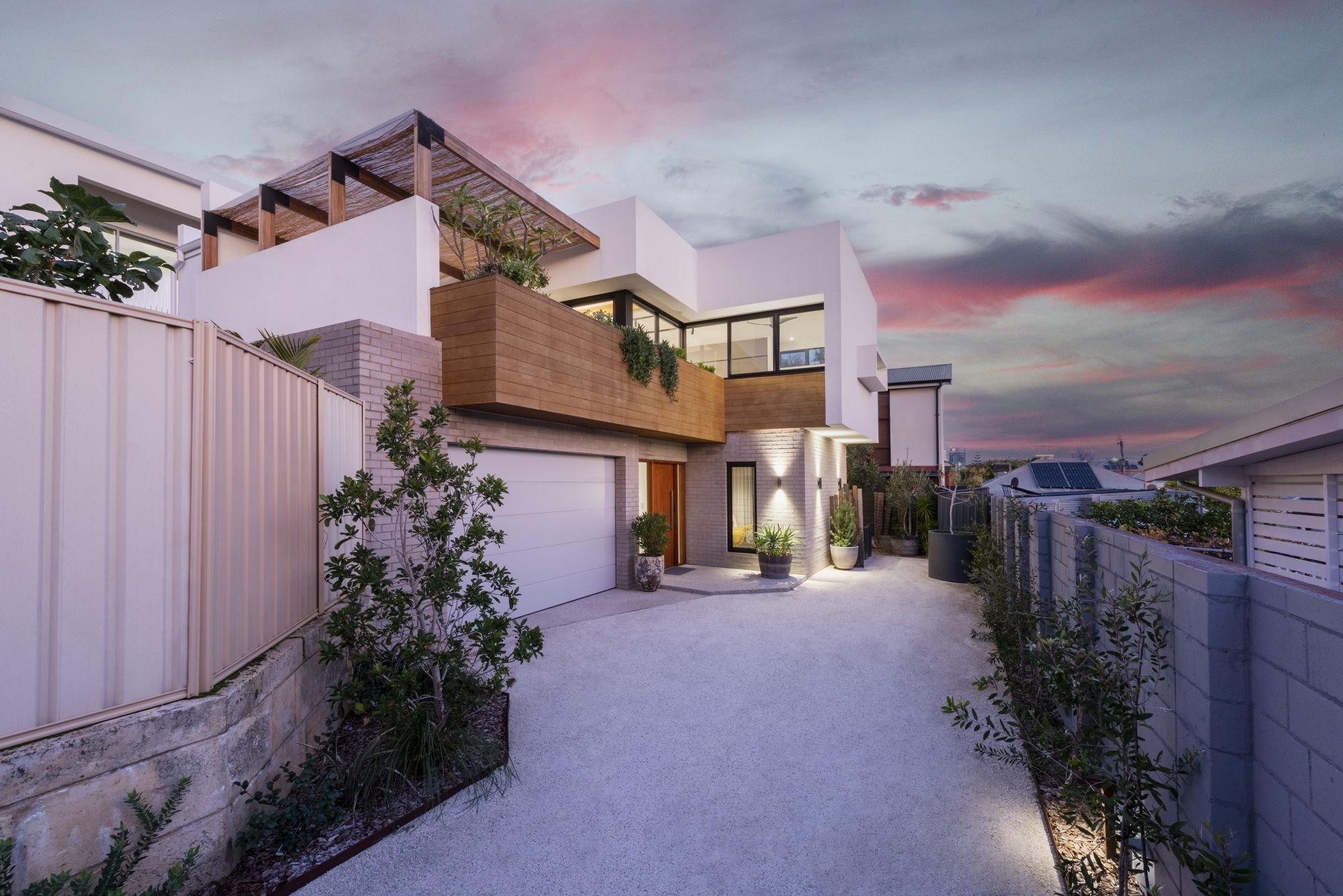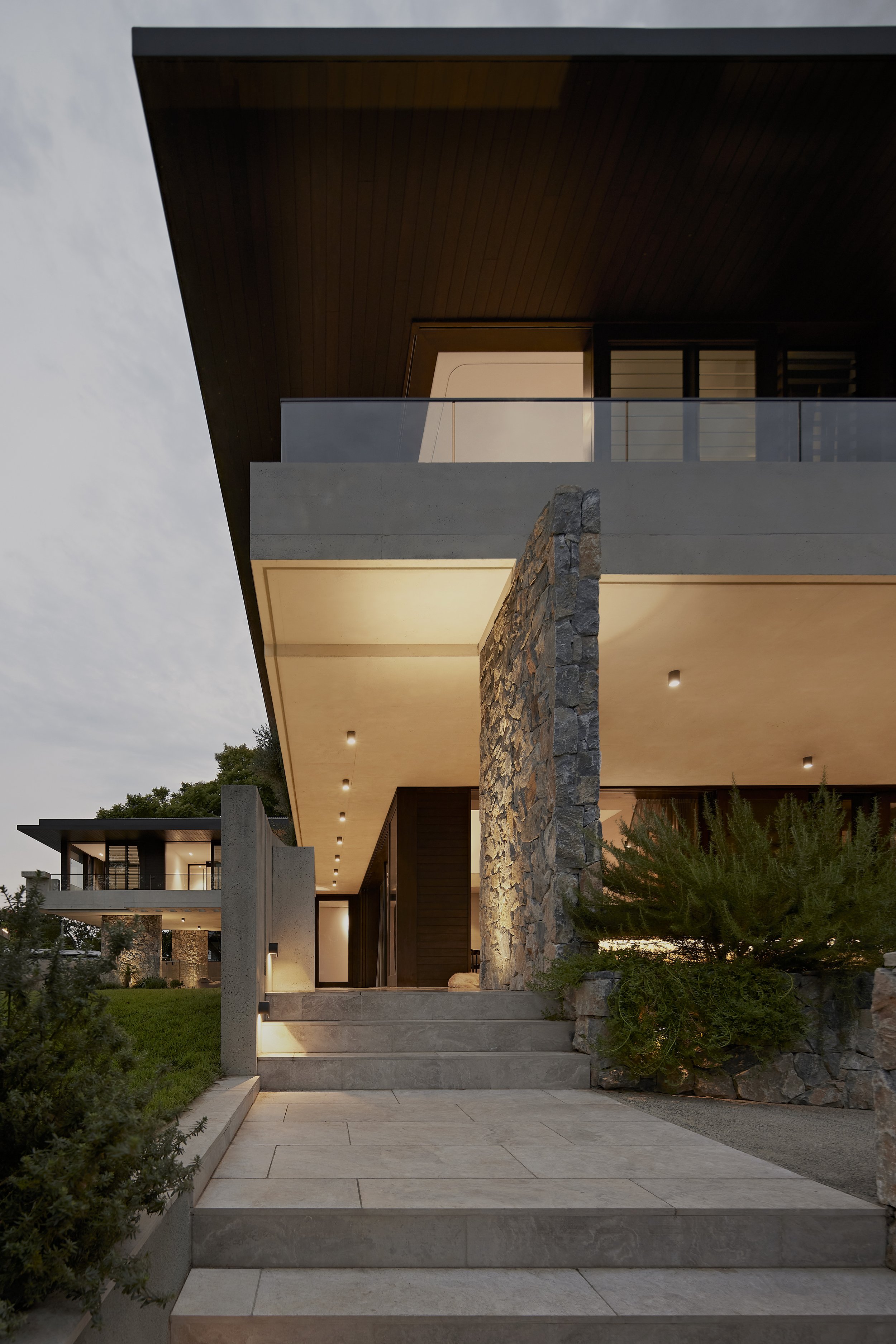Residential Architects: Creating Beautiful, Functional Spaces for Every Home
Residential Architects: Creating Beautiful, Functional Spaces for Every Home
Blog Article
Exactly How Residential Architects Produce Custom-made Houses for Every Way Of Life
The procedure by which household architects style tailored homes is a nuanced interplay of comprehending customer demands and translating those insights into useful living rooms. Via extensive appointments and the use of style tools, designers catch the significance of their customers' way of livings, ensuring that each home reflects personal values and goals.
Comprehending Client Demands

Efficient interaction is critical in this procedure. Architects need to encourage customers to articulate their way of livings, household characteristics, and future goals, ensuring that the layout shows their one-of-a-kind identity. By using tools such as surveys, meetings, and visual studies, architects can gather beneficial insights into the customer's vision.
Additionally, recognizing the context in which a home will exist is crucial. Architects need to consider elements such as the website attributes, local environment, and social influences that can affect the layout. This all natural method permits for the production of rooms that are not only cosmetically pleasing yet sustainable and likewise practical.
Eventually, a deep understanding of client requires enables designers to produce personalized homes that improve the lifestyle for their occupants, fostering a sense of belonging and comfort within their living atmospheres.
Style Refine and Cooperation
The layout procedure in domestic design is a dynamic interplay of imagination and partnership, where architects, clients, and different stakeholders work carefully to bring a vision to life. This iterative journey commonly starts with a collection of conferences to develop a detailed understanding of the customer's ambitions, choices, and way of life demands. During these discussions, architects collect crucial information, enabling them to conceive styles that line up with the client's vision.
Following the first consultations, the design stage progresses with sketches, 3D versions, and building makings. This visual communication offers as a device for designers to present concepts, while additionally welcoming client responses, ensuring that the last style resonates with their expectations. Effective collaboration with designers, service providers, and indoor designers is crucial throughout this phase, as it makes certain that all functional facets of the job are seamlessly incorporated.

Incorporating Way Of Living Elements
Incorporating lifestyle aspects right into property design is crucial for developing rooms that absolutely reverberate with the occupants. residential architecture homes. This process begins with understanding the one-of-a-kind demands, choices, and everyday routines of the homeowners. Architects participate in detailed discussions to reveal just how the private or household uses their room, whether for amusing guests, going after leisure activities, or seeking peaceful retreat
As soon as these understandings are gathered, architects can customize design attributes that improve daily experiences. As an example, open layout might be created for family members that Full Report focus on togetherness, while dedicated work spaces can be integrated for those who function from home. Outdoor areas, such as yards or outdoor patios, can be emphasized for households that delight in exterior activities or entertaining.
In addition, versatility is a key consideration; multi-functional rooms enable flexibility as lifestyles develop over time. Custom-made storage space services can additionally be incorporated to fulfill specific organization needs, ensuring that the home stays clutter-free and functional. Eventually, by attentively weaving lifestyle aspects right into the building textile, domestic designers develop customized homes that not only meet visual needs but additionally considerably enhance the lifestyle for their clients.
Sustainable and Smart Layout
Sustainable and clever this website style significantly plays a pivotal function in property style, as homeowners seek to reduce their environmental effect while boosting their living experiences. Engineers are currently integrating environment-friendly products, energy-efficient systems, and ingenious modern technologies to develop homes that not just meet aesthetic desires but also serve the planet.
Incorporating renewable resource sources, such as solar panels and wind turbines, allows homeowners to harness natural deposits, significantly reducing reliance on conventional power grids. Smart home modern technologies additionally boost sustainability by maximizing power usage through automated systems that regulate heating, cooling, and lighting based upon tenancy and preferences.
Furthermore, making use of lasting structure materials-- like redeemed timber, bamboo, and recycled steel-- advertises a round economic have a peek at this site climate, minimizing waste and resource consumption. Engineers also stress passive layout concepts, ensuring homes are oriented for optimum natural light and ventilation, thus lessening the requirement for synthetic heating & cooling.
Along with eco-friendly advantages, lasting and smart style adds to the overall convenience and health and wellness of residents. By focusing on indoor air quality and natural environments, engineers create areas that foster wellness, permitting home owners to flourish in harmony with their environment.
Wrapping Up and Carrying Out Strategies
Settling and implementing strategies is an important stage in the residential design procedure, where the vision of a customized home begins to emerge. This phase includes meticulous interest to information, ensuring that every aspect of the style is specifically articulated and ready for building and construction. residential architecture homes. Designers work together very closely with customers to review final plans, attending to any kind of final changes or concerns, while guaranteeing that all aspects straighten with the home owner's lifestyle needs
When strategies are finalized, architects prepare extensive building papers, consisting of in-depth illustrations and requirements that function as a blueprint for home builders. These papers detail products, surfaces, and setup techniques, offering quality for contractors and subcontractors. Additionally, securing necessary permits and sticking to neighborhood building ordinance is vital, as it makes sure conformity and smooth job execution.
By fostering a joint atmosphere, architects can ensure that the implementation straightens with the original vision. Inevitably, this vital phase changes concepts right into reality, laying the structure for a home that shows the special way of living and preferences of its inhabitants.
Conclusion
In verdict, residential architects play a critical function in crafting personalized homes that provide to varied way of livings. Via thorough understanding of client needs, collaborative design processes, and the integration of way of life aspects, designers guarantee that each home shows private preferences.
The process by which domestic architects design customized homes is a nuanced interplay of understanding customer demands and converting those understandings right into functional living areas. With detailed appointments and the usage of layout devices, designers capture the essence of their clients' lifestyles, ensuring that each home reflects individual worths and goals. Architects should motivate customers to verbalize their lifestyles, family members dynamics, and future aspirations, making certain that the style shows their distinct identity.The layout procedure in domestic architecture is a vibrant interplay of creativity and partnership, where designers, clients, and numerous stakeholders work very closely to bring a vision to life - residential architecture homes. Via precise understanding of client demands, collaborative layout processes, and the integration of way of life elements, engineers make sure that each home reflects private preferences
Report this page